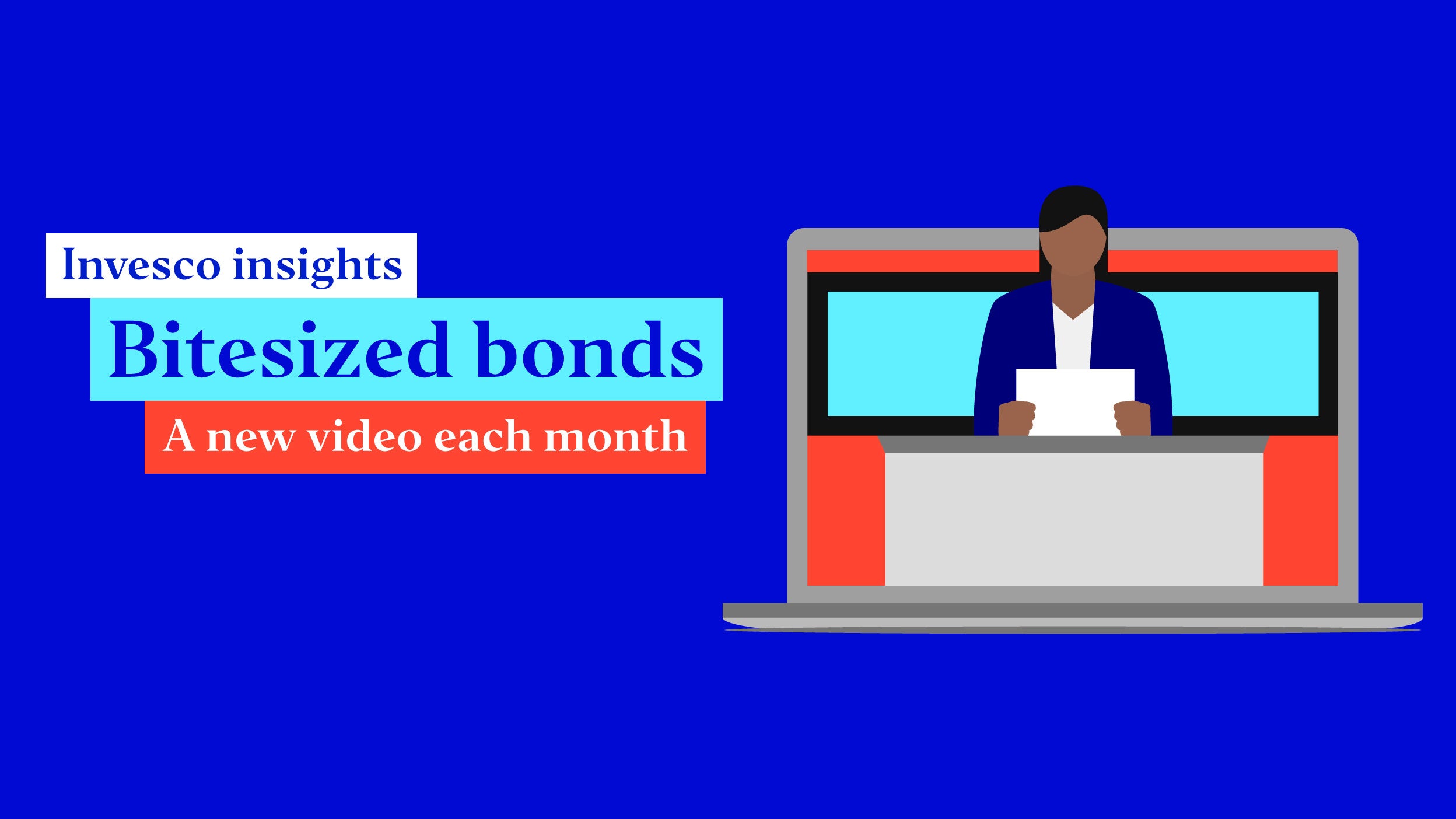
Video Has the bond bear market only just begun?
Are valuations in a better place as we start 2022, or os a defensive approach the order of the day? Stuart Edwards shared his thoughts.

Inflation concerns have driven bond markets down this year.
Within the high yield market, Rhys Davies believes it’s hitting higher quality bonds worst.
Why is this? What does it mean? And what opportunities is it creating?
Rhys shares his thoughts. And all in under four minutes.
We’ve certainly had an interesting start to the year in bond markets. Increasing inflation concerns have really driven bond markets down this year. But we’ve also seen some credit spread widening – so an increase in the spread or the additional yield over government bonds. The credit spread that credits require. And that has happened both in investment grade and in high yield bonds. So really a double whammy from the two.
Looking more closely at the high yield bond market, what has been interesting is that the higher quality part of the high yield market – double B rated bonds – that part of the market has performed the worst because many double B rated bonds have been impacted not only by their high duration, but also by more spread widening than we’ve seen in single B and triple C, as investors have shied away from investing in them.
Meanwhile, the single B and triple C parts of the high yield bond market that do have more credit risk, they’ve actually held in much better, with less spread widening and better returns. The conclusion you could draw from that is that is there are more concerns around duration than around credit risk at the moment. And I would broadly agree with that sentiment.
Although inflation is much higher than central banks and ordinary people would like to see – and that is a real concern – there are still reasons to be more positive, I think, on the global economic outlook as economies finally begin to move beyond the pandemic.
We do need to keep one eye on the consumer and whether less fiscal support and higher prices will start to weigh on sentiment. But for now, there is nothing of serious concern in terms of the credit outlook for the high yield market on the fundamental side at least. On the valuation side it is a little different. Valuations did finish 2021 feeling quite stretched with such low yields, and we were especially careful last year when investing in bonds at the highest risk end of the credit spectrum.
So it made sense for our portfolios to start this year more cautiously positioned both in terms of having low duration and also lower credit risk, but also, importantly, ready to make purchases when there is better value in the market.
Most recently, that has meant selectively buying high yield bonds in that double B rated part of the market that I mentioned, some of which have fallen five to ten points in price. So buying those at much more attractive yields than they were at a few months ago, and actually pretty attractive yields just on an outright basis. But doing it very carefully, because we are very aware that we could see more weakness in bond markets.
And I think for high yield bond markets in particular, because we have a very different set of conditions today when compared to the start of 2021, this year is very likely to be more volatile than last in the high yield bond market.
But I think for portfolios that entered the year ready for that volatility, it will also give us some good opportunities this year to be buying bonds from companies that we know and we like, but most importantly to be buying those bonds at more attractive yields than we saw throughout most of 2021.
Thank you for watching.

Are valuations in a better place as we start 2022, or os a defensive approach the order of the day? Stuart Edwards shared his thoughts.

Stuart Edwards touches on duration risk, short-dated bank capital instruments, and South African local government bond markets.

This is the first episode in our ‘Bond bites’ series. Each month will bring a new, easily digestible instalment.
The value of investments and any income will fluctuate (this may partly be the result of exchange rate fluctuations) and investors may not get back the full amount invested.
Data is provided as at 18 February 2022, unless otherwise stated.
This video is marketing material and is not intended as a recommendation to invest in any particular asset class, security or strategy. Regulatory requirements that require impartiality of investment/investment strategy recommendations are therefore not applicable nor are any prohibitions to trade before publication. The information provided is for illustrative purposes only. It should not be relied upon as recommendations to buy or sell securities.
Where individuals or the business have expressed opinions, they are based on current market conditions. They may differ from those of other investment professionals. They are subject to change without notice and are not to be construed as investment advice.